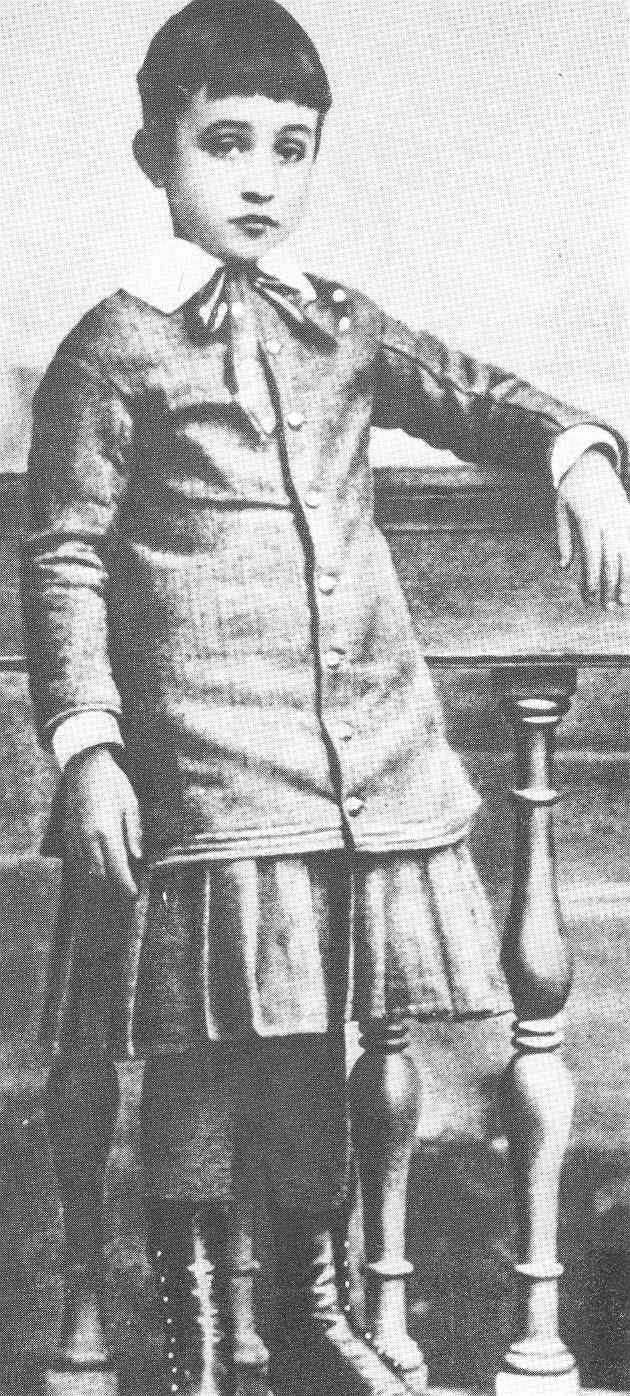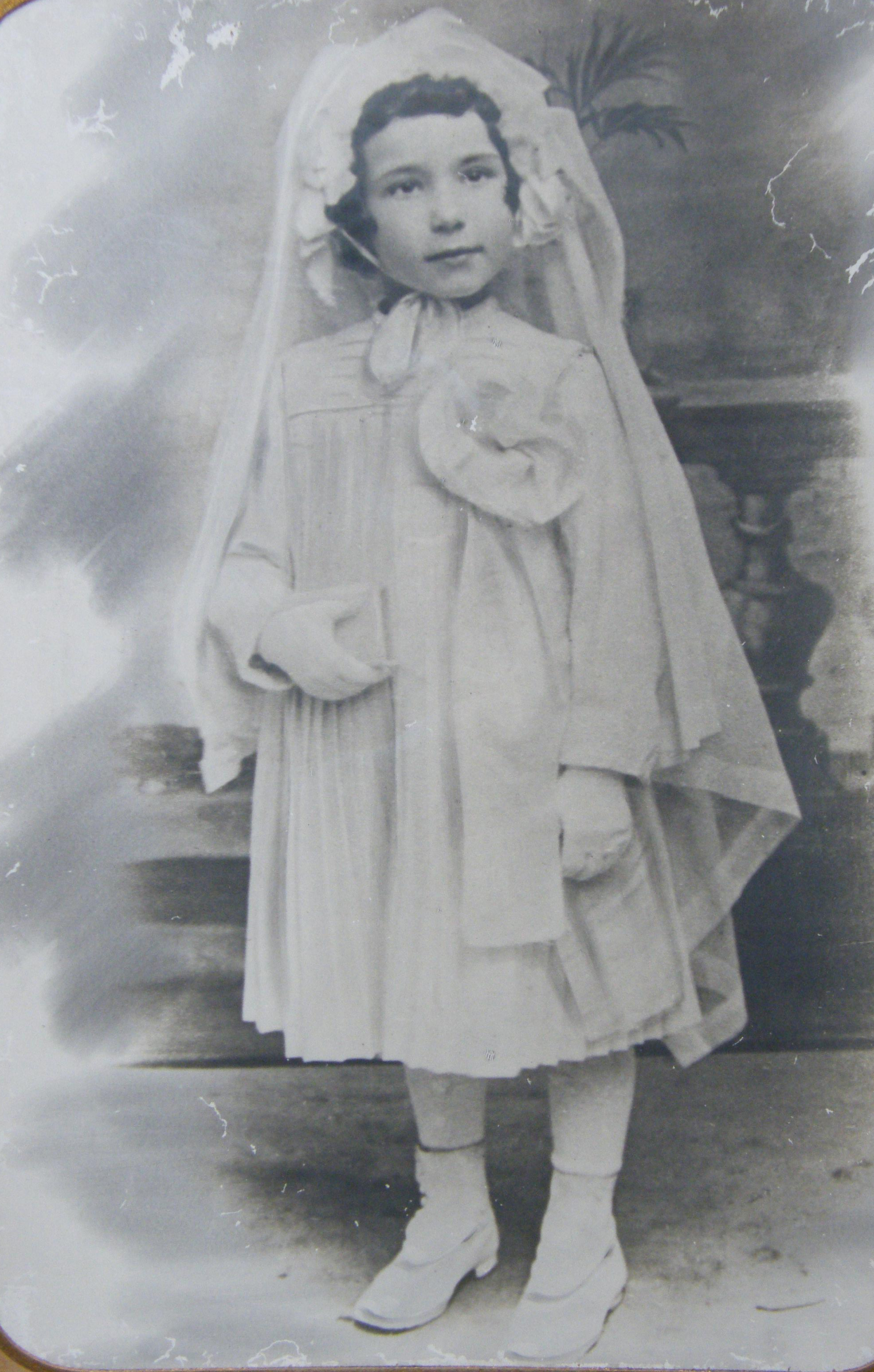|
Pope Pius X
Pope Pius X (; born Giuseppe Melchiorre Sarto; 2 June 1835 – 20 August 1914) was head of the Catholic Church from 4 August 1903 to his death in August 1914. Pius X is known for vigorously opposing Modernism in the Catholic Church, modernist interpretations of Ten Commandments in Catholic theology, Catholic doctrine, and for promoting liturgical reforms and Thomism, Thomist scholastic theology. He initiated the preparation of the 1917 Code of Canon Law, the first comprehensive and systemic work of its kind, which would ultimately be promulgated by Pope Benedict XV, his successor. He is venerated as a saint in the Catholic Church. Pius X was devoted to the Blessed Virgin Mary under the Marian title, title of Our Lady of Confidence; while his papal encyclical ''Ad diem illum'' took on a sense of renewal that was reflected in the motto of his pontificate. He advanced the Liturgical Movement by formulating the principle of ''participatio actuosa'' (active participation of the ... [...More Info...] [...Related Items...] OR: [Wikipedia] [Google] [Baidu] |
Pope Pius XII
Pope Pius XII (; born Eugenio Maria Giuseppe Giovanni Pacelli; 2 March 18769 October 1958) was the head of the Catholic Church and sovereign of the Vatican City State from 2 March 1939 until his death on 9 October 1958. He is the most recent pope to take the Papal name, pontifical name "Pius". The papacy of Pius XII was long, even by modern standards; it lasted almost 20 years, and spanned a consequential fifth of the 20th century. Pius was a diplomat pope during the destruction wrought by the Second World War, Aftermath of World War II, the recovery and rebuilding which followed, the beginning of the Cold War, and the early building of a new International order, international geopolitical order, which aimed to protect human rights and maintain global peace through the establishment of international rules and institutions (such as the United Nations). Born, raised, educated, ordained, and resident for most of his life in Rome, his work in the Roman Curia—as a priest, then Bi ... [...More Info...] [...Related Items...] OR: [Wikipedia] [Google] [Baidu] |
List Of Popes
This chronological list of the popes of the Catholic Church corresponds to that given in the under the heading "" (The Roman Supreme Pontiffs), excluding those that are explicitly indicated as antipopes. Published every year by the Roman Curia, the no longer #Numbering of popes, identifies popes by regnal number, stating that it is impossible to decide which pope represented the legitimate succession at various times. The 2001 edition of the introduced "almost 200 corrections to its existing biographies of the popes, from St Peter to John Paul II". The corrections concerned dates, especially in the first two centuries, birthplaces and the family name of one pope. The term ''Pope (word), pope'' () is used in several churches to denote their high spiritual leaders (for example Coptic pope). This title is usually used in English to refer to the head of the Catholic Church. The Catholic pope uses various titles by tradition, including , , and . Each title has been added by unique ... [...More Info...] [...Related Items...] OR: [Wikipedia] [Google] [Baidu] |
Archdiocese Of Kottayam
The Syro-Malabar Catholic Archeparchy of Kottayam is a Knanaya metropolitan archeparchy of the Syro-Malabar Catholic Church in India. The archeparchy is exclusively for Knanaya faithful who claim to be the descendants of Syriac Judeo-Christians (early East Syriac Christians) who migrated from South Mesopotamia to Kodungallur (Muziris) in South India in 4th century A.D. History of the archeparchy Community formation Traditional belief is that St. Thomas, one of the 12 apostles of Jesus, had introduced Christianity in the Malabar coast in South India. His port of entry was Kodungalloor, formerly known as Muziris. Trade relations between the Middle East and the Malabar coast might have favored the arrival of St. Thomas to Kodungallur. The presence of Jews in the South West India from the 6th century B.C. also might have been another attraction for St. Thomas to arrive at Muziris so he could introduce Jesus and his teachings starting with the Jews here. Another Thomas, a rich ... [...More Info...] [...Related Items...] OR: [Wikipedia] [Google] [Baidu] |
Diocese Of Great Falls-Billings
In church governance, a diocese or bishopric is the ecclesiastical district under the jurisdiction of a bishop. History In the later organization of the Roman Empire, the increasingly subdivided provinces were administratively associated in a larger unit, the diocese (Latin ''dioecesis'', from the Greek term διοίκησις, meaning "administration"). Christianity was given legal status in 313 with the Edict of Milan. Churches began to organize themselves into dioceses based on the civil dioceses, not on the larger regional imperial districts. These dioceses were often smaller than the provinces. Christianity was declared the Empire's official religion by Theodosius I in 380. Constantine I in 318 gave litigants the right to have court cases transferred from the civil courts to the bishops. This situation must have hardly survived Julian, 361–363. Episcopal courts are not heard of again in the East until 398 and in the West in 408. The quality of these courts was l ... [...More Info...] [...Related Items...] OR: [Wikipedia] [Google] [Baidu] |
Archdiocese Of Atlanta
The Archdiocese of Atlanta () is a Latin Church ecclesiastical jurisdiction, or archdiocese, of the Catholic Church in northern Georgia in United States. The archdiocese is led by a prelate archbishop, who also serves as pastor of the mother church, the Cathedral of Christ the King in Atlanta.''The Archdiocese of Atlanta: A history'', Strasbourg, France: Editions du Signe, Archdiocese of Atlanta, 2006. As of 2023, the archbishop of Atlanta is Gregory Hartmayer, O.F.M. Conv. Territory The Archdiocese of Atlanta covers 69 counties in northern Georgia. The cathedral is the metropolitan see of the Catholic Ecclesiastical Province of Atlanta, which covers Georgia, South Carolina, and North Carolina. It includes the following suffragan dioceses: * Diocese of Savannah * Diocese of Charleston * Diocese of Raleigh * Diocese of Charlotte In 2020, the archdiocese included 102 parishes and missions with 1,200,000 registered Catholics. History 1776 to 1850 Like most of the Am ... [...More Info...] [...Related Items...] OR: [Wikipedia] [Google] [Baidu] |
Diocese Of Des Moines
The Diocese of Des Moines () is a Latin Church ecclesiastical territory, or diocese, of the Catholic Church in southwestern Iowa in the United States. It is a suffragan see in the ecclesiastical province of the metropolitan Archdiocese of Dubuque. The see city for the diocese is Des Moines. The cathedral parish for the diocese is St. Ambrose. As of 2024, William Joensen is bishop of the Diocese of Des Moines. History 1830 to 1900 Like other American dioceses, the area that makes up the present diocese was under the jurisdiction of a number of prelates. Most of these were purely academic because of no actual Catholic presence in the area. The first Catholic missionaries arrived in the Iowa area during the early 1830s. They were under the jurisdiction of the bishop of Saint Louis, Joseph Rosati. In 1838, Pope Gregory XVI erected the new Diocese of Dubuque. This diocese initially included all of Iowa as well as a large part of the western United States. By 1850, the diocese ... [...More Info...] [...Related Items...] OR: [Wikipedia] [Google] [Baidu] |
First Communion
First Communion is a ceremony in some Christian traditions during which a person of the church first receives the Eucharist. It is most common in many parts of the Latin tradition of the Catholic Church, Lutheran Church and Anglican Communion (other ecclesiastical provinces of these denominations administer a congregant's First Communion after they receive baptism and confirmation). In churches that celebrate a rite of First Communion separate from baptism or confirmation, it typically occurs between the ages of seven and thirteen, often acting as a rite of passage. In other denominations first communion ordinarily follows the reception of confirmation, which occurs at some point in adolescence or adulthood, while Eastern Orthodox and Oriental Orthodox Christians first receive the sacrament of Holy Communion in infancy, along with Holy Baptism and Chrismation. Characteristics Catholics believe this event to be very important, as the Eucharist occupies a central role in Catholi ... [...More Info...] [...Related Items...] OR: [Wikipedia] [Google] [Baidu] |
Treviso
Treviso ( ; ; ) is a city and (municipality) in the Veneto region of northern Italy. It is the capital of the province of Treviso and the municipality has 87.322 inhabitants (as of December 2024). Some 3,000 live within the Venetian walls () or in the historical and monumental center; some 80,000 live in the urban center while the city hinterland has a population of approximately 170,000. The province is home to the headquarters of clothing retailer Benetton Group, Benetton, Sisley, Stefanel, Geox, Diadora and Lotto Sport Italia, appliance maker De'Longhi, and bicycle maker Pinarello. Treviso is also known for being the original production area of Prosecco wine and radicchio, and is thought to have been the origin of the popular Italian dessert tiramisù. Names and etymology The first mention of Treviso, albeit indirect, can be found in the third book of the Natural History (Pliny), Naturalis historia by Pliny the Elder, where the «Fluvius Silis ex montibus Tarvisani ... [...More Info...] [...Related Items...] OR: [Wikipedia] [Google] [Baidu] |
Catechists
Catechesis (; from Greek: , "instruction by word of mouth", generally "instruction") is basic Christian religious education of children and adults, often from a catechism book. It started as education of converts to Christianity, but as the religion became institutionalized, catechesis was used for education of members who had been baptized as infants. As defined in the Catechism of the Catholic Church, paragraph 5 (quoting Pope John Paul II's Apostolic Exhortation '' Catechesi tradendae'', §18): ''Catechesis'' is an education in the faith of children, young people and adults which includes especially the teaching of Christian doctrine imparted, generally speaking, in an organic and systematic way, with a view to initiating the hearers into the fullness of Christian life. Nomenclature In the Catholic Church, catechist is a term used of anyone engaged in religious formation and education, from the bishop to lay ecclesial ministers and clergy to volunteers at the local level ... [...More Info...] [...Related Items...] OR: [Wikipedia] [Google] [Baidu] |
Vatican City
Vatican City, officially the Vatican City State (; ), is a Landlocked country, landlocked sovereign state and city-state; it is enclaved within Rome, the capital city of Italy and Bishop of Rome, seat of the Catholic Church. It became independent from the Kingdom of Italy in 1929 with the Lateran Treaty. It is governed by the Holy See, itself a Legal status of the Holy See, sovereign entity under international law, which maintains Temporal power of the Holy See, its temporal power, governance, diplomacy, and spiritual independence. ''Vatican'' is also used as a metonym for the pope, the central authority of the Roman Catholic Church, and the Holy See and the Roman Curia. With an area of and a population of about 882 in 2024, it is the List of countries and dependencies by area, smallest sovereign state in the world both by area and List of countries and dependencies by population, by population. It is among the List of national capitals by population, least populated capit ... [...More Info...] [...Related Items...] OR: [Wikipedia] [Google] [Baidu] |







